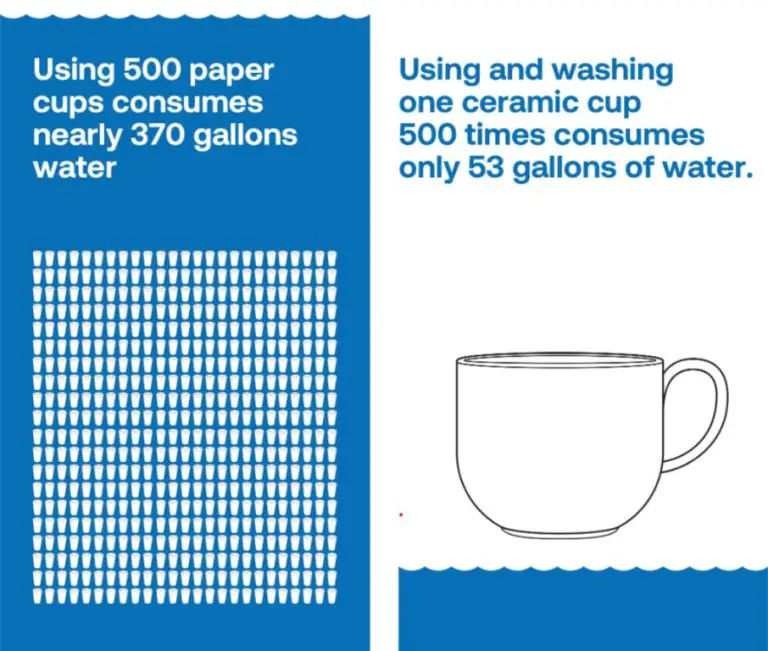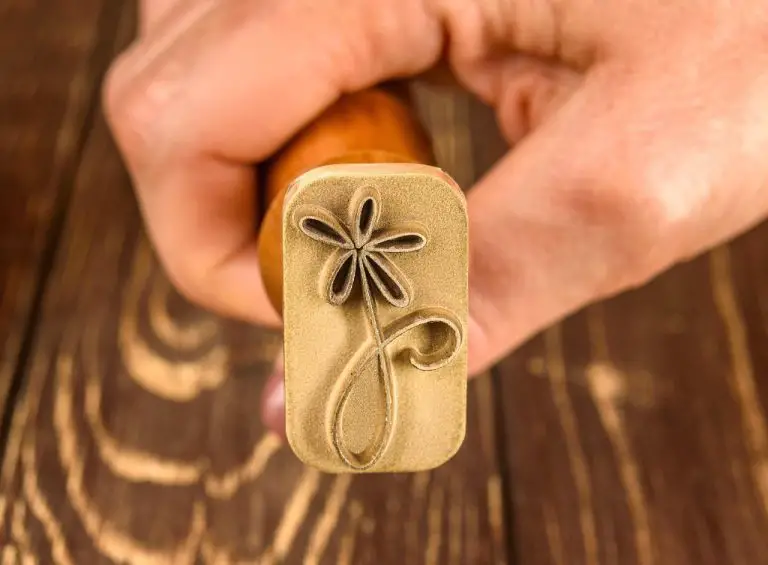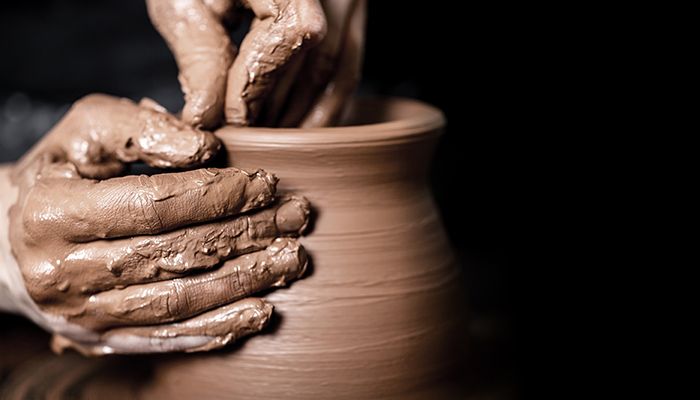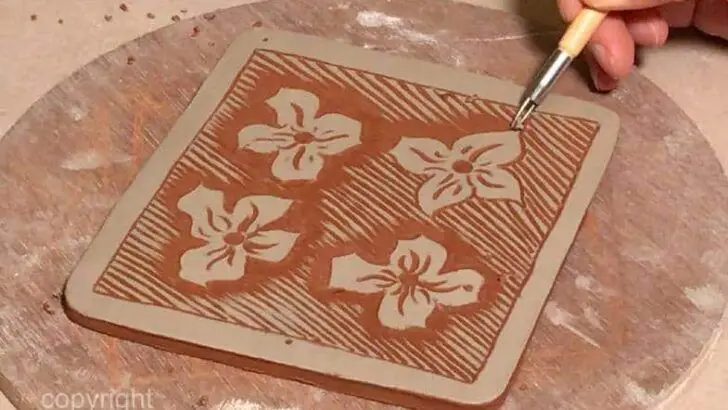Can You Use An Anchor In A Stud?
What is a Stud?
A stud is a vertical framing member used in wall construction. Studs are typically made from wood or metal and run from the bottom to the top of the wall to provide structural support. They are placed at regular intervals, typically 16 inches or 24 inches apart depending on the building codes.
The most common stud sizes used in home construction are 2x4s (2 inches thick by 4 inches wide) and 2x6s. However, larger studs like 2x8s, 2x10s, and 2x12s may be used to provide additional strength in load-bearing walls. The width of the stud determines how much insulation can be placed within the wall cavity.
Studs serve several important functions. They provide attachment points for interior and exterior wall coverings like drywall, siding, and tile. They also allow for the installation of utilities like electrical wires and plumbing pipes inside the walls. Furthermore, studs transfer structural loads from the upper levels of a building down to the foundation.
What is an Anchor?
By definition, an anchor is hardware that acts as an attachment point for tying loads down. Especially in construction, anchors provide an attachment point or support for anchoring building materials or structures to concrete or masonry. They are designed to be firmly embedded into concrete and withstand considerable tension and shear load forces.
Anchors come in a variety of sizes, shapes, and materials like galvanized steel, stainless steel, zinc-plated carbon steel, and more. There are many types of anchors used in construction and their purposes include:
- Wedge anchors – General purpose anchor embedded into concrete with friction
- Sleeve anchors – Medium duty anchor suited for cracked concrete
- Drop-in anchors – Quick and easy high strength anchor
- Split drive anchors – Heavy duty anchoring into solid concrete
- Screw anchors – Light duty anchoring into concrete
Overall, anchors allow securing of heavy objects, fixtures, equipment, and building materials into concrete substrates. They are a fundamental part of construction projects both commercial and residential. Anchors distribute load forces over a greater area of the substrate.
Using Anchors in Studs
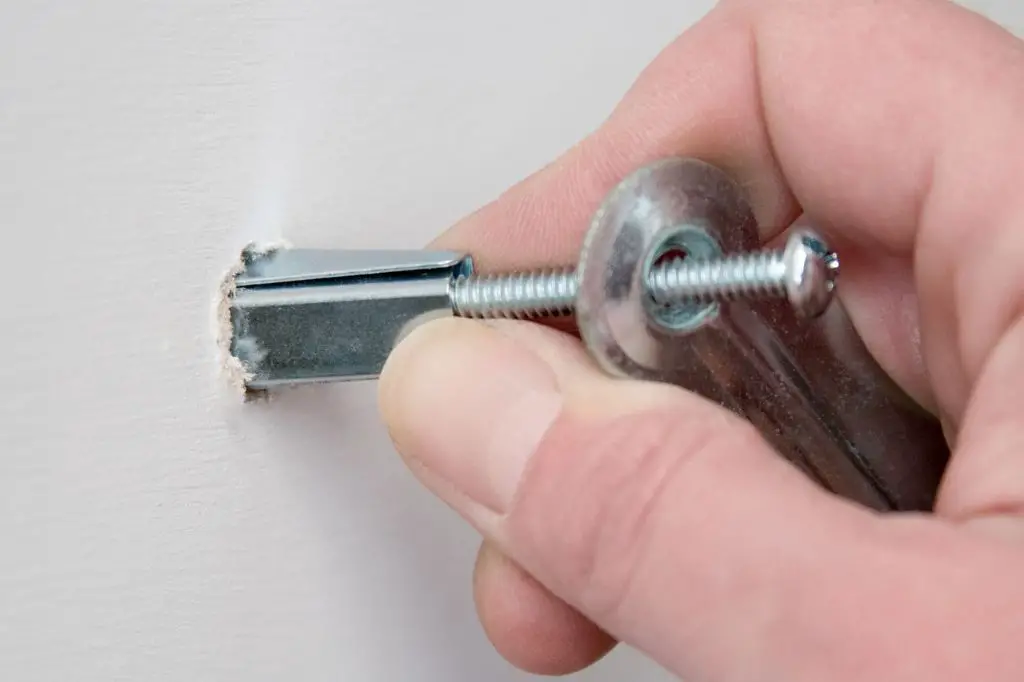
Generally, anchors are used to secure items to drywall where there is no stud. However, anchors can also be used in studs in certain situations. Some pros of using anchors in studs include:
- Provides more holding power than just a screw in the stud
- Useful if the original pilot hole is too big just for a screw
- Can help offset vertical load on the screw
Some cons of anchors in studs:
- More difficult to install vs just a screw
- Not always necessary if pilot hole is the right size
- Can split or crack studs if installed incorrectly
Some anchor types suited for stud use are toggler anchors, sleeve anchors, and lag bolts. The anchor size and material should match the stud material (wood, metal, etc). Proper pilot hole size and installation technique is key to prevent damage to the stud.
Choosing the Right Anchor
When choosing an anchor for use in a stud, it’s important to consider the type and size needed to support the weight. According to Finewoodworking, toggle bolts and molly bolts are good options for anchoring heavier objects to studs, as they expand behind the wall for more holding power. For lighter objects, self-drilling drywall anchors may provide enough support.
The thickness of the stud material is also a factor. Anchors designed for sheet metal may be needed for very thin metal studs. Check the anchor packaging or manufacturer website for the recommended stud material and thickness. The weight rating will indicate the maximum weight the anchor can support.
When possible, choose an anchor made of a material compatible with the stud to avoid corrosion. For example, zinc-plated steel anchors are a good match for steel studs. Size the anchor for the screws or bolts needed to mount the object. Measure screw hole spacing to ensure the anchor will align properly.
Additionally, as recommended by AButterflyHouse, if the item can be easily mounted into the actual stud, that is always the most secure option compared to using anchors. However, anchors allow mounting objects precisely where desired when a stud is not available.
Installation Process
Installing anchors in studs requires careful planning and execution to ensure a secure hold. Here are the step-by-step instructions:
Tools Needed
- Electric drill with drill bits
- Hammer
- Pencil
- Tape measure
Steps:
- Use a stud finder to locate the exact position of the stud where you want to install the anchor.
- Mark the spot with a pencil.
- Using an electric drill, drill a pilot hole into the center of the stud. The depth of the hole should be slightly smaller than the length of the anchor. For most drywall anchors, a depth of 1-1.5 inches is sufficient.
- Insert the anchor into the pilot hole. Using a hammer, gently tap it until the flange is flush with the wall surface.
- Position the object to be mounted over the anchor. Insert the appropriate screw through the object and into the anchor. Tighten the screw with a screwdriver until the object is firmly secured against the wall.
Be sure to avoid overtightening the screw as this can cause the anchor to crack. If drilling through tile or masonry, use a carbide-tipped masonry drill bit and hammer drill.
Always check that the object is securely mounted by gently applying pressure. For heavy objects, using multiple anchors in studs is recommended.
Weight Considerations
When installing anchors in studs, it’s important to consider the maximum weight the anchors can hold. According to The Home Depot, toggle bolts, a common type of anchor, can support up to 50 pounds in drywall. However, since studs are solid wood or metal, anchors installed in them can typically hold much more weight.
The exact weight capacity depends on the type and size of anchor, the stud material, and how well the anchor is installed. Screws directly installed in studs can hold over 100 pounds. But when using anchors in studs, it’s best to not exceed 50 pounds for drywall anchors and 75 pounds for specialty anchors designed for studs, unless you refer to the manufacturer’s specifications.
Properly installing anchors according to instructions is crucial to getting the maximum weight capacity. Factors like tightening the anchors sufficiently, drilling pilot holes if needed, and ensuring the anchor expands behind the stud can affect the strength. Consider the application as well – vertically hung objects place more stress than horizontally mounted items. Being mindful of weight capacities and installation will ensure anchors in studs can safely and securely support items.
Safety Precautions
When anchoring into studs, it’s important to take safety precautions to avoid injury or property damage. Here are some tips:
Wear proper PPE like safety goggles, gloves, and steel-toe boots. Anchoring often requires hammering and drilling which can send debris flying (Proper Anchoring Procedures).
Check for pipes, wires, and other utilities before drilling into studs. Use a stud finder or probe the wall cavity to detect hidden objects. Drilling into live wires can cause electric shock.
Follow load limits for anchors. Exceeding the recommended load can cause the anchor to pull out. Refer to manufacturer specs and building codes.
Use anchors suitable for the wall material. Expanding anchors for concrete, lag shields for brick, etc. Improper anchors won’t hold securely.
Predrill holes for anchors. This prevents cracking or splitting the studs during installation. Drill pilot holes slightly smaller than the anchor diameter.
Set anchors properly and follow cure times if using adhesive models. Anchors must be fully set and cured to reach maximum strength.
Inspect the installation. Try gently pulling/wiggling the anchor to ensure it is snug and doesn’t move before attaching objects.
Common Mistakes
Choosing the wrong size or type of anchor for the application is a common mistake that can lead to anchor failure. Anchors come in many shapes and sizes, and larger, heavier anchors typically provide more holding power. Using an anchor that is too small or light for the job will increase the risk of dragging, especially in high winds or current (Captain Peter Deeks, 2021).
Not setting the anchor deep enough into the substrate is another frequent issue. Anchors need to be well set to get a good bite and resist pulling out under load. In sand or mud, the anchor fluke should typically penetrate at least 1-2 feet for proper holding. Setting the anchor too shallowly increases the likelihood of dragging (Sailchecker, 2019).
Making the pilot hole too small when anchoring into concrete with an epoxy or expansion bolt can also lead to problems. The pilot hole must match the recommended diameter for the specific anchor size and type to allow proper expansion. Undersized pilot holes can prevent anchors from setting correctly and negatively impact holding strength (Confast, 2022).
Inspection and Maintenance
It’s important to periodically inspect anchors installed in studs to ensure they remain secure over time. According to Hilti, anchors should be inspected for substances that may interfere with the bond between the anchor and the stud, such as oil, dirt, drywall dust, etc. If any loose anchors are found, they should be replaced immediately.
To test the pull-out strength of an installed anchor, use a pull tester or torque wrench to apply tension to the anchor. The anchor should not move or spin. Compare the tension needed to loosen the anchor to the manufacturer’s specifications to ensure it meets the expected load capacity (see Special Inspections Guidelines for Post-Installed Anchors).
If an anchor spins or pulls out too easily, it should be removed and replaced. Use a hammer to drive the anchor further into the stud if possible. Otherwise, remove it completely and install a new anchor in its place. Make sure to follow the manufacturer’s instructions to achieve proper engagement with the stud.
With periodic inspection and replacement of damaged anchors, you can ensure attachments to studs remain sturdy and secure.
When to Call a Professional
In certain situations, it is recommended to hire a professional contractor or handyperson to install anchors into studs rather than doing it yourself:
- If you need to anchor heavy objects like cabinets, countertops, or bookshelves that require extra strength and support
- If you are unsure about identifying stud locations in a wall or ceiling
- For anchoring into tricky materials like concrete, brick, or stone
- If the project requires drilling into surfaces that could contain hidden electrical wires, plumbing, or other utilities
- For overhead anchoring more than 10 feet off the ground that requires tall ladders or scaffolding
- If permits are required for the installation in your local area, a professional can ensure proper permitting
- When precision and expertise is needed for an aesthetically sensitive or complex installation
Hiring a professional can save you time, provide expertise and the proper tools, and give peace of mind that the job was done correctly. They can also handle any permitting required by local regulations. Consider consulting an experienced contractor or carpenter for anchoring jobs involving heavy loads, overhead work, or that are beyond your skill level.
According to https://www.bobvila.com/articles/how-to-anchor-furniture/, permits may be required for installing anchors and fasteners into walls and ceilings in some areas, so always check your local building codes first.

